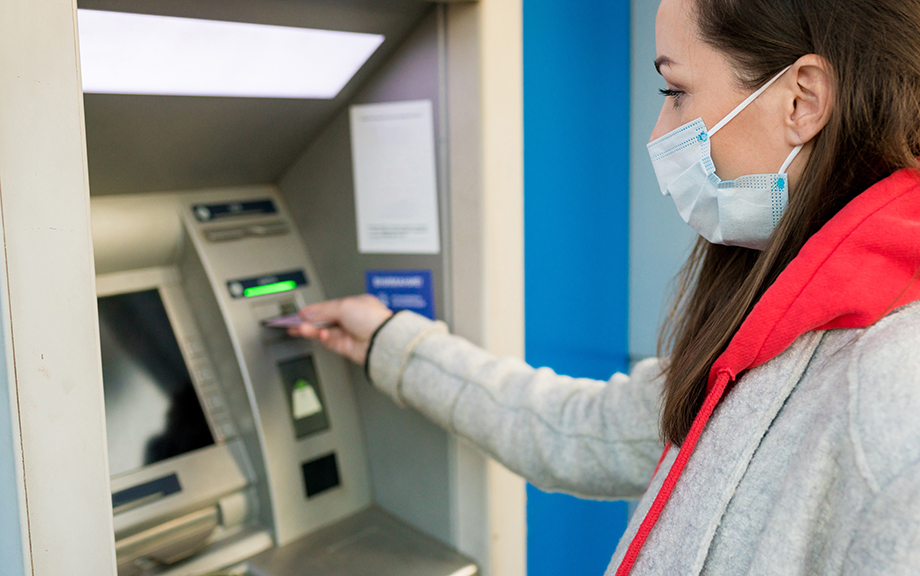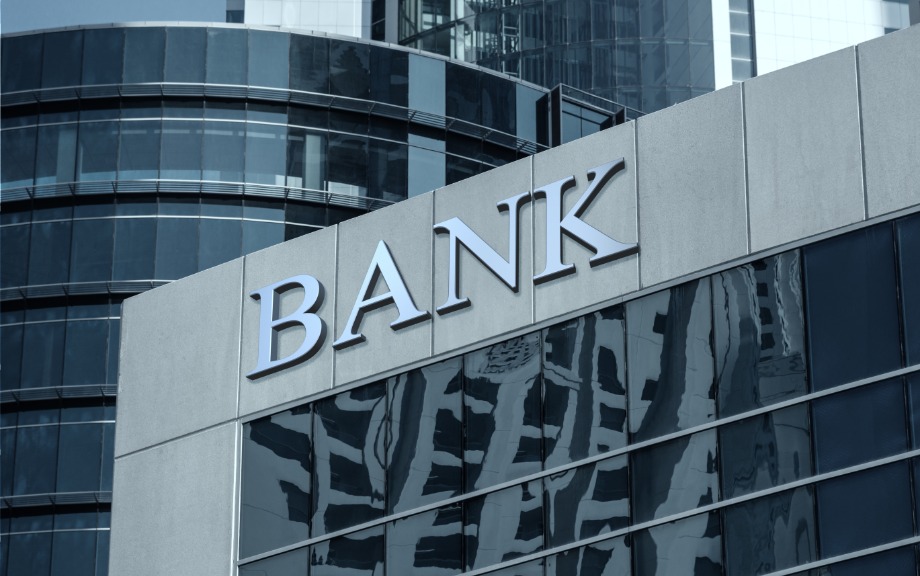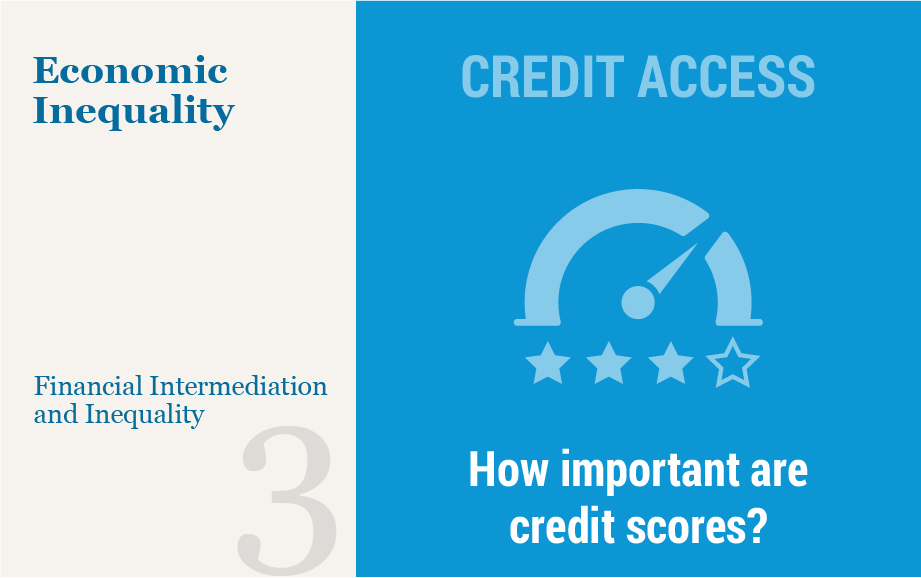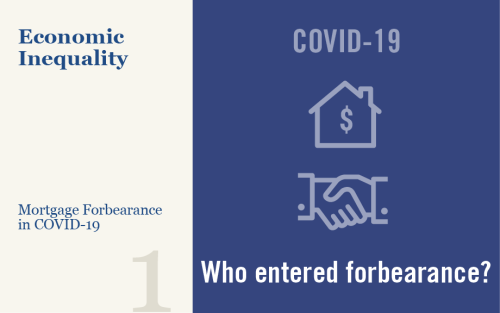Banking System Vulnerability through the COVID‑19 Pandemic

More than a year into the COVID-19 pandemic, the U.S. banking system has remained stable and seems to have weathered the crisis well, in part because of effects of the policy actions undertaken during the early stages of the pandemic. In this post, we provide an update of four analytical models that aim to capture different aspects of banking system vulnerability and discuss their perspective on the COVID pandemic. The four models, introduced in a Liberty Street Economics post in November 2018 and updated annually since then, monitor vulnerabilities of U.S. banking firms and the way in which these vulnerabilities interact to amplify negative shocks.
How Does Market Power Affect Fire‑Sale Externalities?

An important role of capital and liquidity regulations for financial institutions is to counteract inefficiencies associated with “fire-sale externalities,” such as the tendency of institutions to lever up and hold illiquid assets to the extent that their collective actions increase financial vulnerabilities. However, theoretical models that study such externalities commonly assume perfect competition among financial institutions, in spite of high (and increasing) financial sector concentration. In this post, which is based on our forthcoming article, we consider instead how the effects of fire-sale externalities change when financial institutions have market power.
Insurance Companies and the Growth of Corporate Loan Securitization
Collateralized loan obligation (CLO) issuances in the United States increased by a factor of thirteen between 2009 and 2019, with the volume of outstanding CLOs more than doubling to approach $647 billion by the end of that period. While researchers and policy makers have been investigating the impact of this growth on the cost and riskiness of corporate loans and the potential implications for financial stability, less attention has been paid to the drivers of this phenomenon. In this post, which is based on our recent paper, we shed light on the role that insurance companies have played in the growth of corporate loans’ securitization and identify the key factors behind that role.
Going with the Flow: Changes in Banks’ Business Model and Performance Implications

Does the performance of banks improve or worsen when banks enter into new business activities? And does it matter which activities a bank expands into, or retreats from, and when that decision is made? These important questions have remained unaddressed due to a lack of data. In a recent publication, we used a unique data set detailing the organizational structure of the entire population of U.S. bank holding companies (BHCs). In this post, we draw on that research to show that while scope expansion on average hurts performance, entering into activities that are highly synergistic with core banking at a given point in time yields net performance benefits.
Credit, Income, and Inequality

Access to credit plays a central role in shaping economic opportunities of households and businesses. Access to credit also plays a crucial role in helping an economy successfully exit from the pandemic doldrums. The ability to get a loan may allow individuals to purchase a home, invest in education and training, or start and then expand a business. Hence access to credit has important implications for upward mobility and potentially also for inequality. Adverse selection and moral hazard problems due to asymmetric information between lenders and borrowers affect credit availability. Because of these information issues, lenders may limit credit or post higher lending rates and often require borrowers to pledge collateral. Consequently, relatively poor individuals with limited capital endowment may experience credit denial, irrespective of the quality of their investment ideas. As a result, their exclusion from credit access can hinder economic mobility and entrench income inequality. In this post, we describe the results of our recent paper which contributes to the understanding of this mechanism.
Keeping Borrowers Current in a Pandemic

Federal government actions in response to the pandemic have taken many forms. One set of policies is intended to reduce the risk that the pandemic will result in a housing market crash and a wave of foreclosures like the one that accompanied the Great Financial Crisis. An important and novel tool employed as part of these policies is mortgage forbearance, which provides borrowers the option to pause or reduce debt service payments during periods of hardship, without marking the loan delinquent on the borrower’s credit report. Widespread take-up of forbearance over the past year has significantly changed the housing finance system in the United States, in different ways for different borrowers. This post is the first of four focusing attention on the effects of mortgage forbearance and the outlook for the mortgage market. Here we use data from the New York Fed’s Consumer Credit Panel (CCP) to examine the effects of these changes on households during the pandemic.
Will Capital Flows through Global Banks Support Economic Recovery?
Liberty Street Economics authors ask whether, based on precedent, global banks are likely to provide additional support to the economic recovery following COVID-19 in the locations they serve.
State‑of‑the‑Field Conference on Cyber Risk to Financial Stability

The Federal Reserve Bank of New York partnered with Columbia University’s School of International and Public Affairs (SIPA) for the second annual State-of-the-Field Conference on Cyber Risk to Financial Stability on December 14-15, 2020. Hosted virtually due to the COVID-19 pandemic, the conference took place amidst the unfolding news of a cyberattack against a major cybersecurity vendor and software vendor, underscoring vulnerabilities from cyber risk.
How Competitive are U.S. Treasury Repo Markets?
The Treasury repo market is at the center of the U.S. financial system, serving as a source of secured funding as well as providing liquidity for Treasuries in the secondary market. Recently, results published by the Bank for International Settlements (BIS) raised concerns that the repo market may be dominated by as few as four banks. In this post, we show that the secured funding portion of the repo market is competitive by demonstrating that trading is not concentrated overall and explaining how the pricing of inter-dealer repo trades is available to a wide-range of market participants. By extension, rate-indexes based on repo trades, such as SOFR, reflect a deep market with a broad set of participants.
Did Subsidies to Too‑Big‑To‑Fail Banks Increase during the COVID‑19 Pandemic?

New Liberty Street Economics analysis by Asani Sarkar investigates whether the COVID-19 pandemic has led to an increase in implicit TBTF subsidies for large firms.










 RSS Feed
RSS Feed Follow Liberty Street Economics
Follow Liberty Street Economics